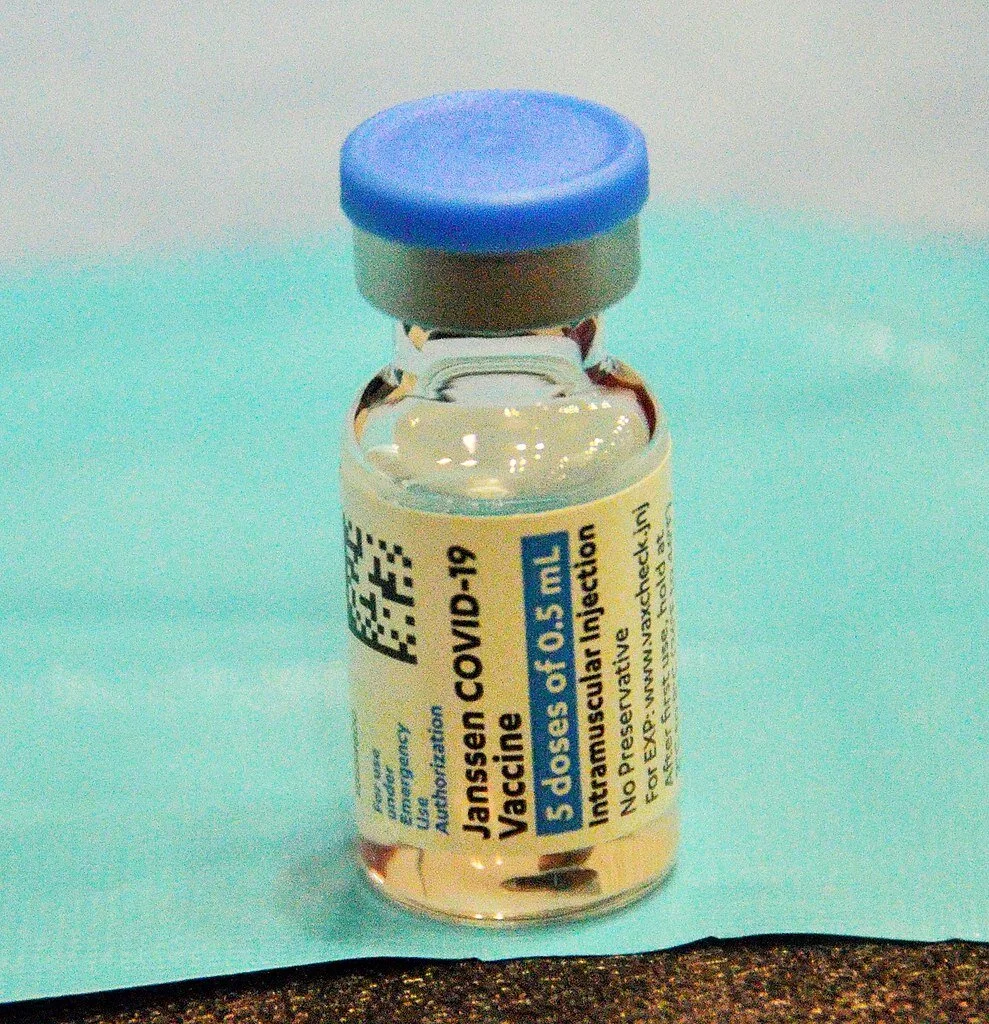On Jan. 27, the FDA proposed easing restrictions for blood donations from gay and bisexual men. Photo courtesy of the Manchester City Library via Flickr.
By Sarah Grinnell ’26
Staff Writer
LGBTQ+ activists had reason to celebrate on Friday, Jan. 27, as the Food and Drug Administration initiated a proposal to change long-standing restrictions on gay and bisexual men’s blood donation, Smithsonian reported. According to an NBC News Article, this ban, which was first implemented during the AIDS crisis in the 1980s, prohibited any man who had had sex with at least one other man within three months of donation from giving blood.
The current draft of the proposal consists of what the New York Post describes as “gender-inclusive, individual risk-based questions,” which would make qualifications for donation dependent on sexual activity rather than orientation. This would measure the risk of HIV transmission equally against all identities, instead of targeting a single group or gender. As Smithsonian explained, in 1985 the FDA indefinitely banned any man who had sex with another man since 1977 from donating blood. The updated guidelines would mean anyone of any gender who has had only one sexual partner in the past three months is eligible to donate blood.
According to Smithsonian, the FDA has said if the potential donors have engaged in anal sex, had a new sexual partner, or had more than one sexual partner within the last three months, they would be subject to questioning about their recent sexual activity and instructed to wait another three months before donating. The New York Post reported that these new guidelines are based on sexual practice, meaning that women will be impacted by donor restrictions for the first time. According to the New York Post, those in monogamous relationships will be eligible to donate blood regardless of sexual affiliation or gender.
According to NBC, bans will remain in effect for people who have tested positive for HIV and take medication to treat it. Additionally, those taking oral medications to prevent infection, such as PrEP, must abide by a three month “deferral period” before they can donate, and those taking injectable PrEP would have to wait two years after their most recent injection before being permitted to give blood, Smithsoniam detailed. PrEP, which stands for pre-exposure prophylaxis, is a pill which prevents HIV from settling into the body before it can spread and is typically taken before sex or under other circumstances where infection could be likely, WebMD says.
The proposed guidelines have developed in part due to the drop-off in the number of blood donations seen at the onset of the COVID-19 pandemic, Smithsonian said. With eased restrictions, the number of donors contributing to the national blood supply could increase significantly. During the COVID-19 pandemic, many blood centers have not had enough blood to last even two days, and one fifth of all blood centers have had a one day supply or less, Smithsonian explained. The new proposal hopes to amend this situation. A report from the Williams Institute at UCLA School of Law found that lifts on donor bans for men who have sex with men would increase the annual blood supply by two to four percent.
Tony Morrison, a spokesperson for the LGBTQ+ advocacy group GLAAD, has commented on this development in an NPR report, saying, “[t]hese changes are 40-plus years in the making, and they’re a tremendous leap forward in elevating science over stigma.”
However, for some, the guidelines still leave something to be desired — especially where the restrictions around PrEP are concerned. As Jose Abrigo, HIV project director for the advocacy group Lambda Legal points out in an AP News article, “[w]e must be conscious to not further stigmatize these safe sex practices and uplift individuals taking precautions.” Claudia Cohn, chief medical officer for the nonprofit Association for the Advancement of Blood and Biotherapies, echoed this statement in a Washington Post article, saying, “keeping the blood supply safe is paramount, but it is also important to move forward so that we are not excluding a group of donors who could be perfectly safe.”
According to the New York Post, the responses to the proposal have been overwhelmingly positive, with many eagerly anticipating the fruition of FDA Commissioner Robert M. Califf’s promise to “use the best science [to maintain] a safe and adequate supply of blood and blood products in the U.S.,” while preventing further discrimination against any “gender or sexual orientation.”




